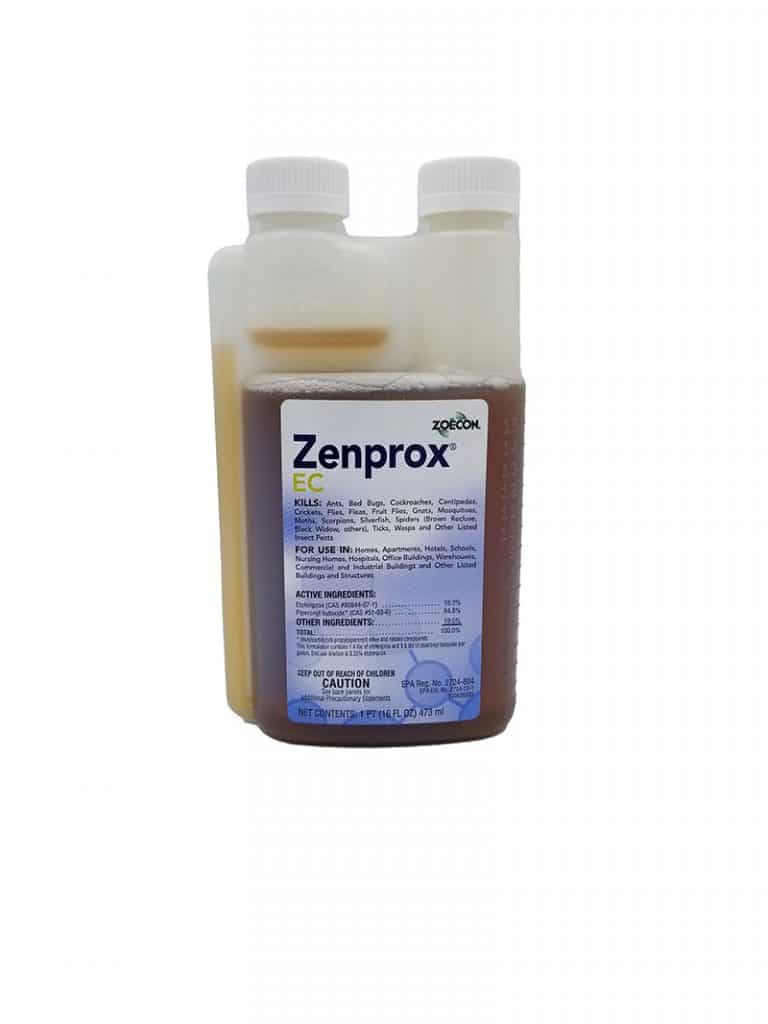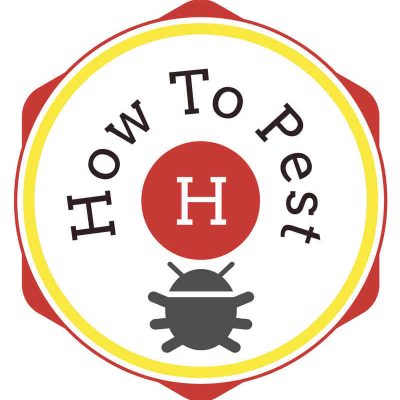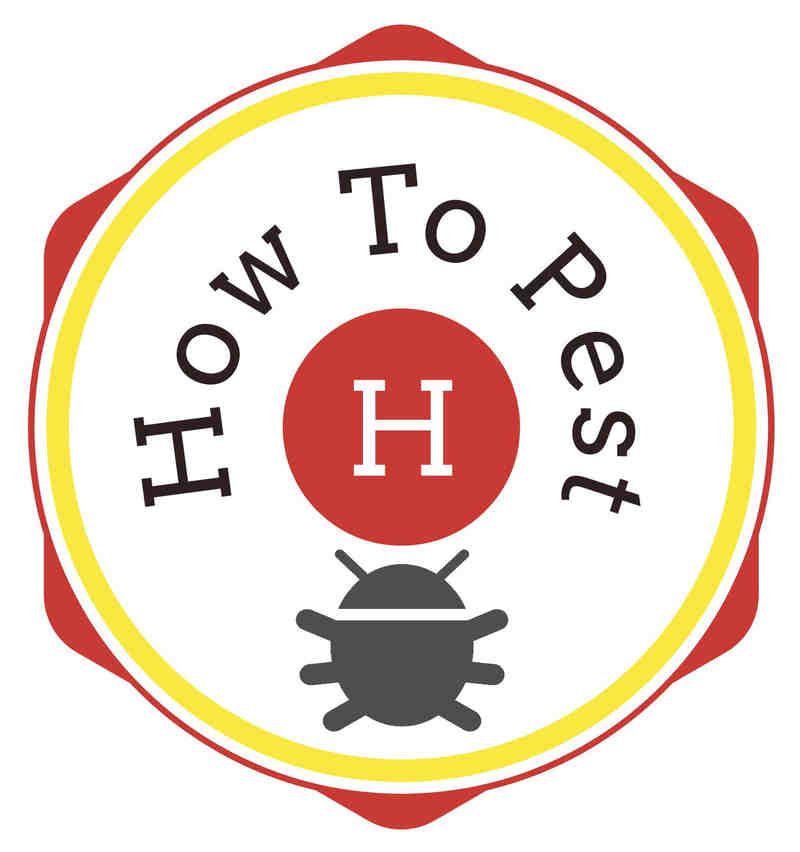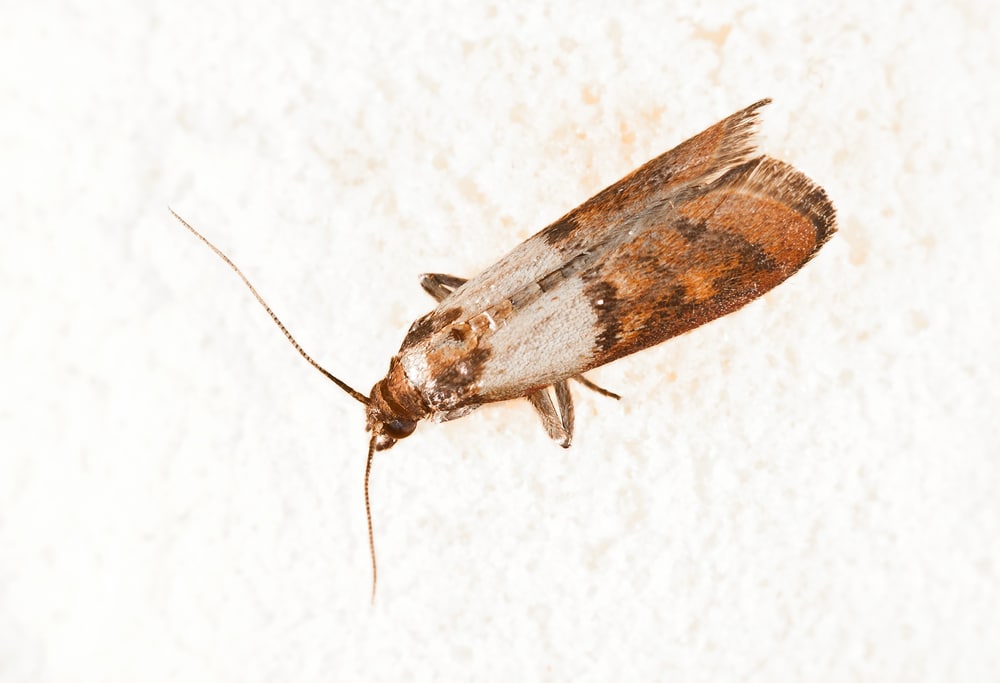What if, instead of pickled peppers, Peter Piper picked a peck of pantry pests? What a difference two words can make. So, what if Peter Piper wanted to make his parents’ pumpkin pie recipe and went to the pantry to gather the dry ingredients, but when he pulled out the pumpkin pie spices, he also found that a plethora of pantry pests had populated his pantry. What would Peter do?
Indian Meal Moths
What Peter is likely seeing is the wildly popular Indian meal moth. It is the most common pest found in pantries across the United States. This moth is small and only measures approximately ½ an inch long when fully grown, with a wingspan of 5/8 of an inch. It has pale gray wings with reddish brown or copper coloring on the outer wings with a black band that connects the upper and lower parts of the wings. These pantry pests probably paraded into your home in food that was purchased at the grocery store. Food processing plants that distribute to grocery stores are also likely sources of passing on pantry pests.
So, what’s their deal? Having a proper understanding of Indian meal moths and their life cycle is key to permanently ridding them from your pantry. Knowing what to look for will help you perceive if the pests in your pantry have progressed into a full-blown infestation party. Definitely, not the particular type of party you want in your house.
Lifecycle
Indian meal moths make their way into pantries in the pursuit of the perfect food source to lay their eggs. The ladies of the Indian meal moth world then lay up to 400 eggs in their preferred food. Within 14 days, the eggs hatch and produce larvae. The larvae will then spin webs in the pantry foods to create protective passageways. Once they have grown to a proper size, they make their way out of packages and find the perfect place to pupate in their cocoons. For a time period of approximately a month, the larvae reside in their cocoons. Once the pupating has taken place, the Indian meal moth pops out as a full-grown adult and the process repeats itself. If proper precautions are not taken, a full-blown pantry pest infestation can happen within a matter of weeks.
Preferring dry goods, the larvae of Indian meal moths partake of cereal, rice, nuts, flour, cornmeal, dog food, and a plethora of other pantry foods. They are not dangerous or harmful to people and do not pose any potentially serious health risks. However, they are a pain in the patootie, and the damage they can do can prove to be pricey.
How To Get Rid of Indian Meal Moths (Pantry Pests)
If pantry pests have invaded your pantry and you aren’t particularly positive on how to proceed, HowToPest.com has the professional grade products you need to solve your pantry pest problems. If you need the help of a professional before you decide which products are perfect for you and your pantry, we are your people. Simply click on the “Contact Us” link, fill out the info, and we’ll respond asap! Pantry pests are no match for the professional products available at HowToPest.com

Zenprox EC Insecticide Concentrate
Fast Free Shipping!
Zenprox EC is a broad-spectrum insecticide that kills over 25 insects on contact. Its label allows for use in a variety of areas including day care centers, schools, homes, hospitals, warehouses, modes of transportation, and many others. This product has super-fast knockdown power that is an excellent choice for roaches, fleas, spiders (including Black Widow and Brown Recluse), and many others. Bedbugs are no match for Zenprox EC as it also targets their newly hatched nymphs and prevents bed bug eggs from hatching. Zenprox EC is non-staining and provides a residual of up to 28 days for control of fleas and 14 days for other pests.
Product Features:
- Effective flea control
- Flexible label
- Non-repellent insecticide
Size:
- 16 oz.




